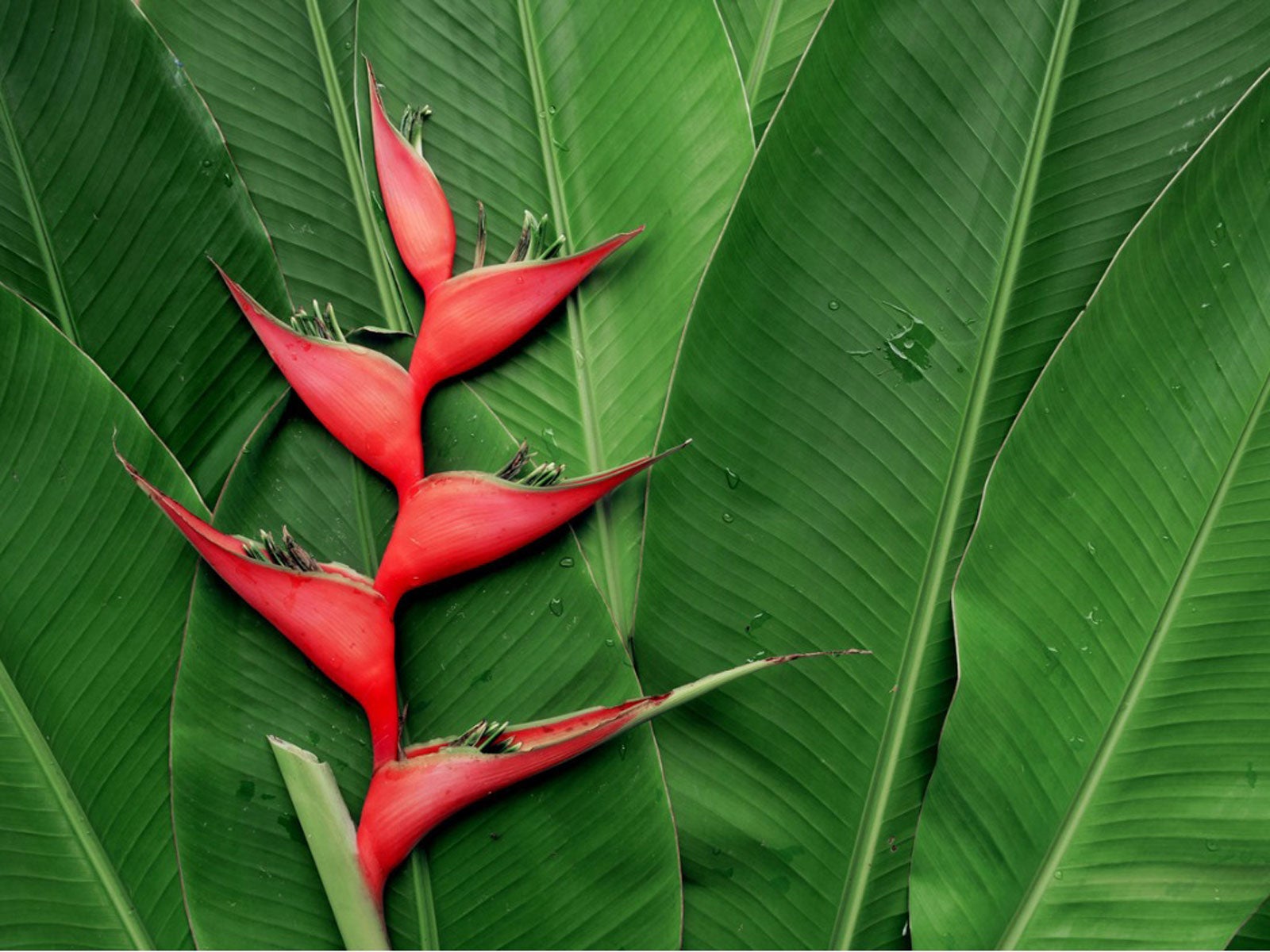Heliconia Leaf Diseases: Common Diseases Of Heliconia Plants


Heliconia are wild tropical plants that have recently become commercially produced for gardeners and the floral industry. You might recognize their zigzag heads in bright pink and white tones from tropical centerpieces. The plants are grown from pieces of the rhizome and perform well in warm, humid regions.
Diseases of heliconia usually arise from cultural issues and previously contaminated plant material. Read on for info on recognizing heliconia diseases and how to cure these magnificent plants.
Heliconia Leaf Diseases
Gardeners lucky enough to live in a zone where they can grow heliconia are in for a real treat. The beautiful bracts house minor flowers and yet are a standout on their own. Unfortunately, the leaves, roots, and rhizomes of these plants are prey to several plant diseases. Heliconia leaf diseases, in particular, are very common but rarely do lasting harm.
Heliconia leaves curling are often caused by a variety of fungi. There are many fungal diseases that cause leaf spots, yellowed edges, curled and distorted leaves, and dropped leaves once the disease has advanced. Most of these are soil borne and can be avoided by watering under the leaves and avoiding water splash.
Use fungicides to combat these diseases. The bacterial wilt caused by Pseudomonas solanacearum also causes heliconia leaf curling and wilting as well as a condition called firing, where the leaf edges brown. It is very contagious and in areas where it has occurred no plants should be installed because the bacteria will remain in the soil.
Diseases of Heliconia Roots and Rhizomes
Since heliconia are started from rhizome fragments, unhealthy pieces can harbor disease. Always inspect rhizomes before purchasing and planting. Again, many fungi cause disease on roots and rhizomes. They cause rots of varying degrees. A few fungi organisms cause rot within the first few months while others take several years for disease symptoms to appear.
In all cases, the plant declines and eventually dies. It is hard to diagnose the cause unless you dig up the plant, exposing the roots and rhizomes to scrutiny. You can prevent such diseases by washing rhizomes prior to planting in a 10% solution of bleach to water.
Sign up for the Gardening Know How newsletter today and receive a free copy of our e-book "How to Grow Delicious Tomatoes".
Root Nematodes
Smaller than the naked eye can see, these tiny roundworms are common predators of many species of plant. There are several that cause heliconia plant diseases. They live in soil and feed on the roots of plants. Roots become swollen and develop lesions and knots. This results in nutrient and water uptake interruption leading to yellow leaves, curling, wilting, and overall poor plant health.
A hot water bath is the current suggested prevention. Dip rhizomes in hot water 122 degrees F. (50 C.) for 15 minutes and then immediately dunk into a cold-water bath. In commercial production, soil fumigation is used but there are no products listed for the home gardener.

Bonnie Grant is a professional landscaper with a Certification in Urban Gardening. She has been gardening and writing for 15 years. A former professional chef, she has a passion for edible landscaping.